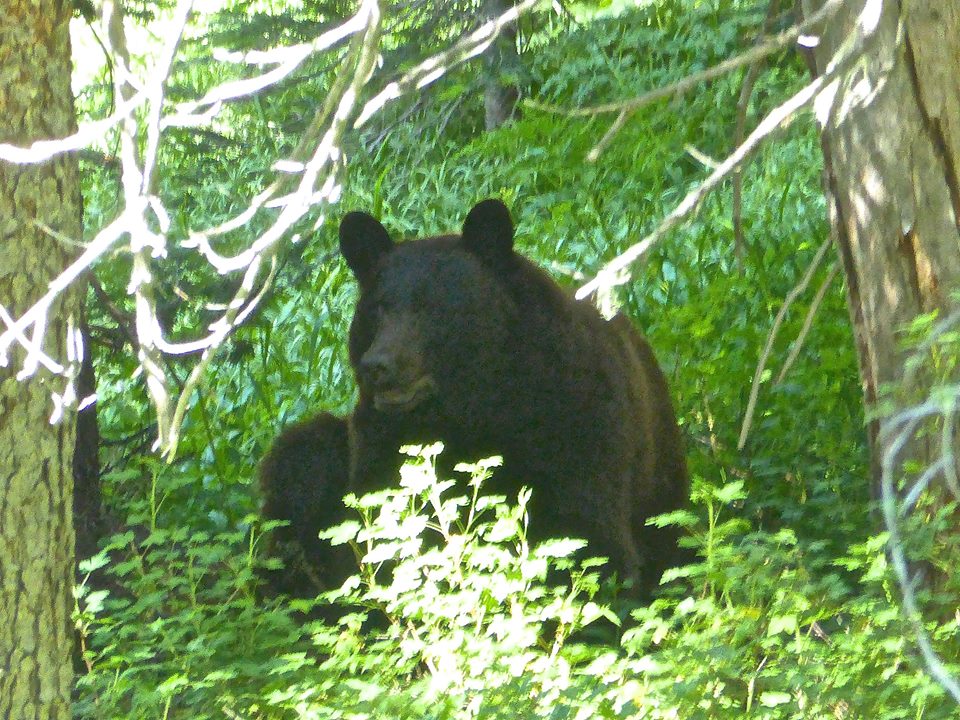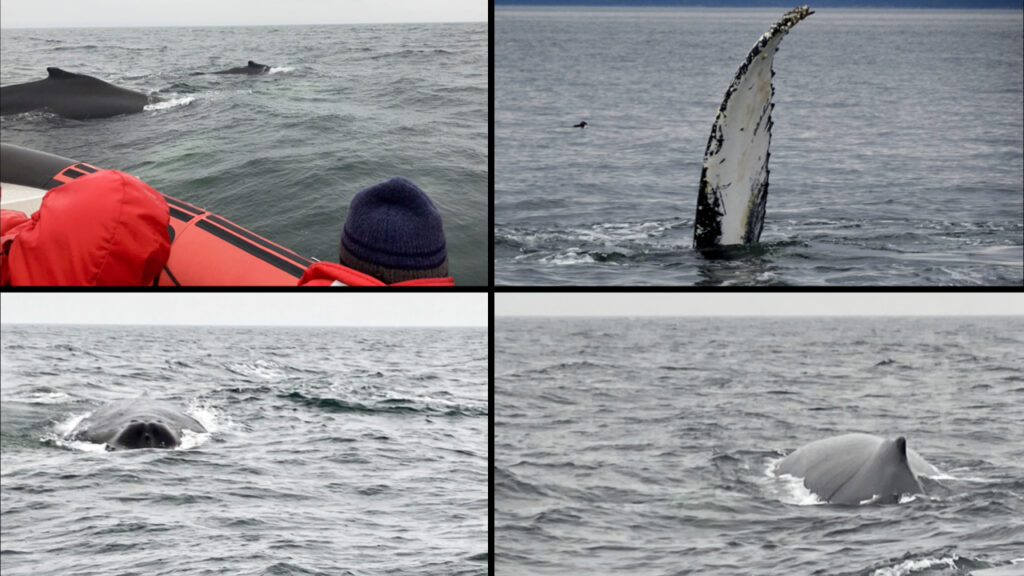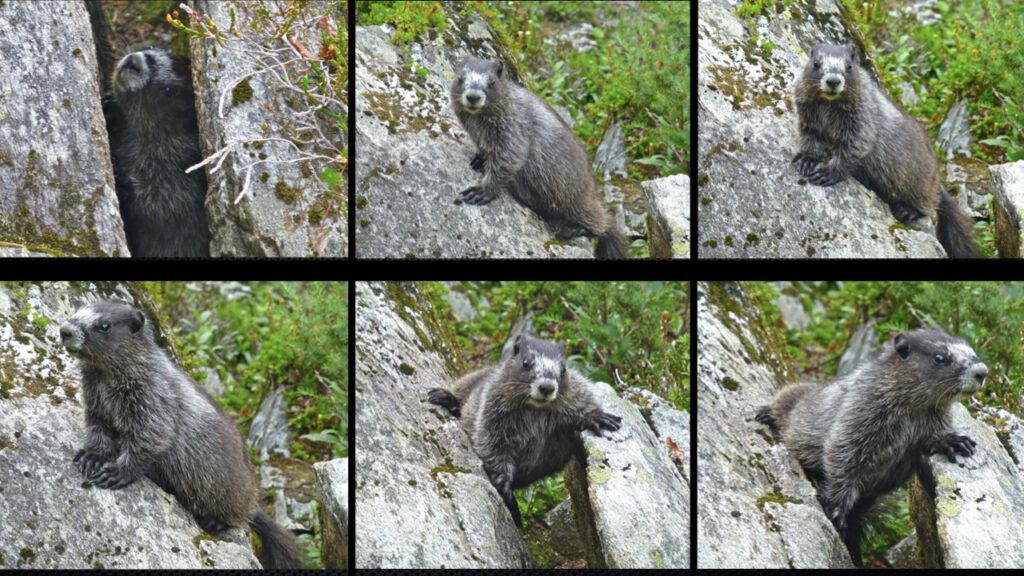Learning Spiritual Lessons from the Animals
“Ask the beasts, and they will teach you; ask the birds of the sky and they will tell you” (Job 12:7).
This counsel in the book of Job may seem odd for modern ears, yet in the context of Job’s lengthy dialogue with his philosopher friends, it’s an exhortation to seek wisdom and understanding from their source, the God of all creation. Here, God uses wild land mammals and birds to dispense wisdom and instill spiritual lessons. In this sense, these creatures serve as professors and pastors. Humans would be wise to heed their counsel—especially those who maintain little or no contact with animals in their habitats.
Rise of the Nones
The “nones” now constitute a modern-day global phenomenon. This group includes atheists, agnostics, deists, theists, and Christians who are unaffiliated with any kind of organized church or religion. Nones as a percentage of the total human population began to rise noticeably starting at the beginning of the industrial revolution. The growth remained slow, however, until the 1970s. Since the 1970s, the growth has been dramatic and steady. In the US the percentage of adult men who identify as nones has risen from 9% in 1975 to 27% in 2018, and of adult women, from 5% to 20%.1
The rise of the nones in America is seen across all racial and demographic groups. It has impacted all religious categories. As the authors of a study in Sociological Science document, “Even intense religiosity has eroded in the United States in recent decades.”2
Survey data assembled by Duke University sociologist Simon Brauer shows that “the United States fits closely on the same trajectory of religious decline as European countries, suggesting a shared demographic process as opposed to idiosyncratic change.”3 University of Manchester sociologist David Voas provides supporting evidence for this conclusion. He cites the European Social Survey, which reveals that “each generation in every country surveyed is less religious than the last.”4 The trends toward increasing religious nonaffiliation extend to nearly all Western nations and societies.5
Causes of the Rise
As I have pointed out in my book Hidden Treasures in the Book of Job6 and in many of my public lectures, there is an unmistakable correlation between the rise of the nones and increasing urbanization. For the first time in humanity’s history, the majority of humans live in large metropolitan cities. In these cities people have little or no intimate contact with the wild mammals and birds referred to in Job 12:7. Thus, they receive little instruction and teaching from these animals. In this sense, they miss out on animals’ educational and even pastoral influence.
Intimate Contact with Wild Mammals and Birds
God wants all of us to have intimate, rewarding contact with the birds and mammals he created. This can be a challenge, as noted, in the twenty-first century. It is so for me, which is why I’m deliberate about making contact. I’ll briefly describe six such encounters with the hope that you’ll seek opportunities to do the same and learn what the animals can teach you.
I live in one of the largest metropolitan cities in the world. Greater Los Angeles now has a population approaching 19 million. Fortunately, I live on the edge of the Los Angeles Basin. Our house abuts the San Gabriel Mountains, and a half kilometer (third of a mile) from our home I can access several mountain trails.
I make it a point to go for a run on one of these mountain trails every morning before breakfast. I also make it a point to engage the wildlife I encounter. I don’t just glance at them and run on. I make eye contact in a manner that communicates I am pleased to meet them and enjoy being in their presence. I believe this was Job’s intended message in Job 12:7. How can the beasts teach and the birds tell unless we pay close attention to them and enjoy their presence and instruction?
On one of my morning runs, I saw a large bobcat under a bush with her juvenile kitten. The next day the bobcat and her kitten were waiting for me by the trail. For the next several days I would spend a few seconds with them at the same location on the trail.
To access the trails by our home, I need to run along a road with poles that string electric power lines. One morning a squirrel chattered as I approached and then kept pace with me along the power line as I ran underneath. This practice went on for six months.
On another day I saw a large bear from a distance jump over a rise. As I came to the rise, I climbed up to see the bear drinking from the stream below. We made eye contact for several seconds while the bear took a brief bath in the stream.
A fourth brush with wildlife occurred on a mountain trail in Colorado, where I rounded a bend to see a 450-pound bear only 30 feet away. I stopped and made eye contact. The bear slowly walked off the trail, sat down under a tree, and continued to stare at me. The bear seemed very calm and continued to sit while I took several photos (see figure 1).

Figure 1: Bear Sitting Down and Enjoying My Company
Credit: Hugh Ross
On a fifth encounter I recalled Psalm 104:26, which can be interpreted as referring to whales playing with ships. My wife and I were in a zodiac (an inflatable boat) in the Gulf of St. Lawrence surrounded by dozens of humpback, fin, minke, and beluga whales. We watched as three humpback whales sped toward our zodiac, seemingly intent on ramming us. At the last minute they dove under our boat, sped away on the opposite side, turned around, and sped back to dive under us again (see figure 2).

Figure 2: Humpback Whales Frolicking with Our Zodiac
Credit: Hugh Ross
Genesis 1 classifies birds and mammals as nephesh creatures. The nephesh are animals that God designed to relate to human beings and to serve and please them. These are the animals we can domesticate as pets and as service animals. Even the wild birds and mammals enjoy entertaining humans they take a liking to. My sixth encounter (figure 3) shows a wild wooly marmot in a remote part of British Columbia’s Selkirk Mountains emerging from his rock shelter to entertain me with his dance routine, which lasted three minutes.

Figure 3: Wooly Marmot’s Entertaining Dance Routine
Credit: Hugh Ross
Spiritual Lessons from Wild Mammals and Birds
When Job 12:7 referred to the mammals and birds teaching us, it was not referring to biology. The latter chapters in the book of Job make it clear that nature’s professors teach spiritual lessons.
One obvious spiritual lesson that birds and mammals teach us is this: Just as they were created to relate to and serve and please a higher species, namely humans, so also we humans were created to relate to and serve and please a higher Being, namely God. As God wants to meet us, enjoy our presence, and desires a loving relationship with us, he intends that we also should want to meet the birds and mammals he created for us and to enjoy their presence and desire loving relationships with them.
This “created to relate, serve, and please” lesson applies to humans and nephesh animals of all ages. Scientific studies show that it even applies to humans only 1–2 years of age.7
Another spiritual lesson we can learn is pastoral. God designed the birds and mammals to teach us about sin. Our sin causes wild birds and mammals to run away and hide from us instead of coming toward us. Likewise, our sin causes us to run away and hide from God rather than come to him for the fellowship and love he wants to bestow upon us.
When we tame wild birds and mammals, we can train them to do things that their untamed relatives are incapable of doing. Likewise, when we allow ourselves to be “tamed” by God and enter into a relationship with him where we accept his forgiveness of our sin and commit to serve and please him as he directs, we discover that our capacities to achieve and perform are greatly enhanced.
Some birds and mammals are more difficult to tame than others, and the same is true of humans. It is especially difficult to tame birds and mammals that have been abused and damaged by sin. Similarly, it is particularly difficult to tame and gain the trust of a human who has been abused and damaged by sin.
I appreciate the way the book of Job ends. God points out to Job and his friends that they have been able to tame all the different kinds of nephesh animals. While goats are easy to tame, the behemoth is very difficult to tame. However, in all cases, it takes a human being, a higher being, to tame a nephesh animal. Likewise, it takes God, the highest Being, to tame a human being. God commended Job because Job came to God for the humility he needed to submit his life to God and to serve and please him. God rebuked Job’s friends for their failure to come to him for the humility they needed.
How might we encourage the modern-day nones to learn such spiritual lessons? Christianity teaches that God very much desires to do for each one of us what we desperately need and want but what is impossible for us to do on our own—namely, be reconciled to him. May we all take God up on his incredibly generous offer of a restored relationship and show the nones in our lives how to be reconciled to their Creator.
Endnotes
- Jana Riess, “The ‘Nones’ Are Growing—and Growing More Diverse,” Religion News Service, March 24, 2021. The data was taken from the book, Ryan P. Burge, The Nones: Where They Came From, Who They Are, and Where They Are Going (Minneapolis, MN: Fortress Press, 2021).
- David Voas and Mark Chaves, “Even Intense Religiosity Is Declining in the United States,” Sociological Science 5 (November 15, 2018): 706, doi:10.15195/v5.a29.
- Simon Brauer, “The Surprising Predictable Decline of Religion in the United States,” Journal for the Scientific Study of Religion 57, no. 4 (December 2018): 654, doi:10.1111/jssr.12551.
- David Voas, “The Rise and Fall of Fuzzy Fidelity in Europe,” European Sociological Review 25, no. 2 (April 2009): 155, doi:10.1093/esr/jcn044.
- Sarah Wilkins-Laflamme, “Secularization and the Wider Gap in Values and Personal Religiosity between the Religious and Nonreligious,” Journal for the Scientific Study of Religion 55, no. 4 (December 2016): 717–736, doi:10.1111/jssr.12307.
- Hugh Ross, Hidden Treasures in the Book of Job (Grand Rapids, MI: Baker Books, 2011), 167–168.
- Rachna B. Reddy et al., “Do Children Help Dogs Spontaneously?” CABI Digital Library: Human–Animal Interactions (January 16, 2023), doi:10.1079/hai.2023.0001; Hugh Ross, “Children and Dogs Are Designed to Help One Another,” Today’s New Reason to Believe (blog), Reasons to Believe, February 27, 2023.






